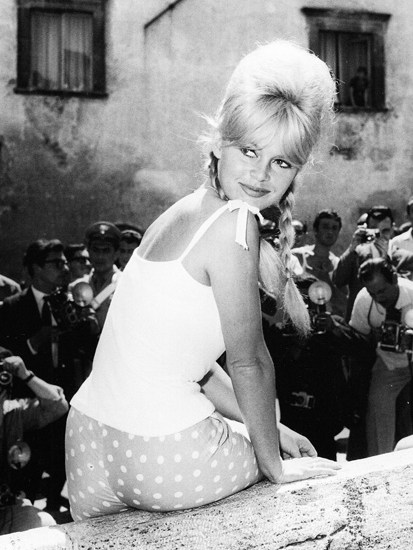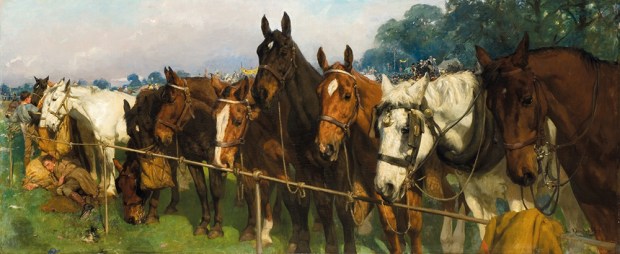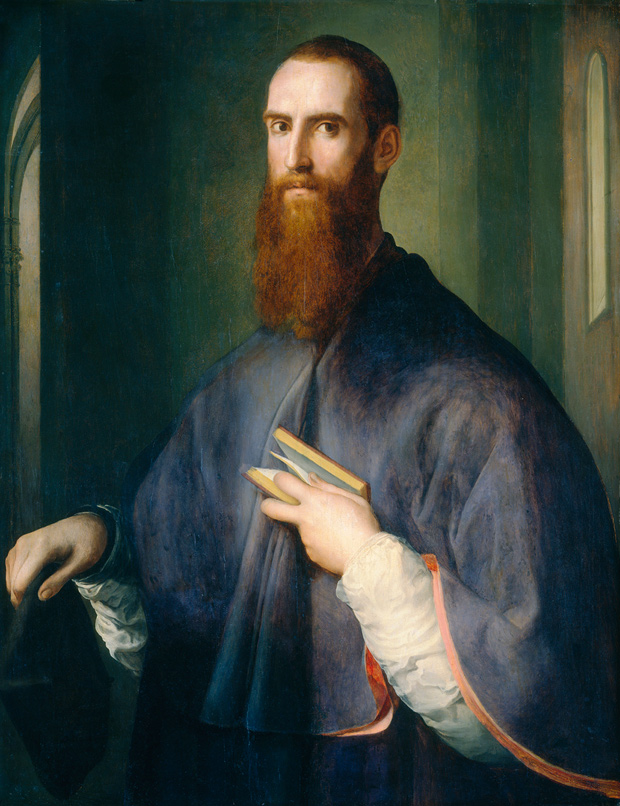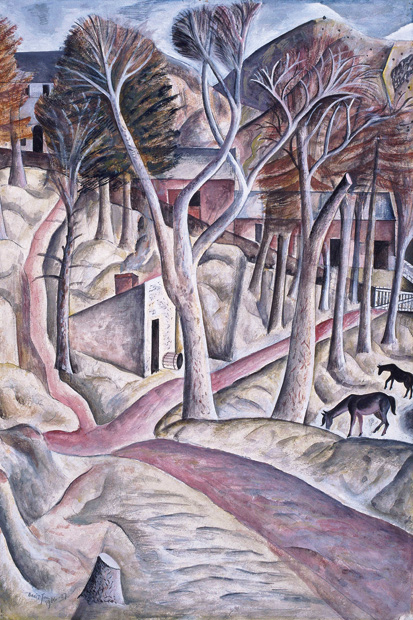Before there was Hello!, OK! and Closer, there was Oggi. Oggi was the magazine my Italian mother used to flick through on the long dark English winter evenings. Its celebrity photo spreads were for her the armchair equivalent of the Italian national pastime, the ‘passeggiata’.
The Years of La Dolce Vita, revisited in a new exhibition at the Estorick Collection, were the glory years of Oggi. The show draws on an archive of more than a million images taken by Marcello Geppetti (1933–1998), the street photojournalist ranked by American Photo ‘the most undervalued photographer in history’. Geppetti worked the poshest passeggiata strip in Italy, the Via Veneto, 1960s hangout of all the big box-office stars of an American film industry attracted to Rome by the cheapness of the film studios and the glamour of the nightlife.
Toting his trusty Rolleiflex on his Vespa, Geppetti shot them all: Bardot, Hepburn, Ekberg, Taylor, Burton, Beatty, Delon. When Raquel Welch danced on a table at Cinecittà and John Wayne balanced on the rim of a fountain in Piazza Esedra, he was there to catch them. ‘Every night the same story,’ Anouk Aimée’s Maddalena moans to Marcello Mastroianni’s Marcello in Fellini’s famous 1960 satire on media frenzy from which this show takes its title. ‘Don’t they ever get sick of it?’ Apparently not. The freshness of Geppetti’s photographs is remarkable, given the sameyness of the settings and the props: the restaurant table, the open car window, the poised cigarette. Everyone smokes.
Some of his subjects are willing — Bardot is always up for it — some not. James Stewart with his wife and conspicuously American children looks less than happy being snapped on a street in front of a news kiosk selling Oggi, while Robert Kennedy, cornered in Trinità dei Monti, raises an impotent palm in the classic ‘Don’t shoot’ gesture. Even Ingrid Bergman looks mildly frosty at being papped on a pavement with her twin Rossellini daughters Isotta and Isabella. She had married into this culture; she wasn’t at home in it.
In the case of the seriously unwilling, Geppetti’s camera is on hand to record them assaulting his fellow snappers. A furious Franco Nero is caught in the act of dashing the Rolleiflex out of the hands of Geppetti’s rival Rino Barillari at the Trevi Fountain in 1965. An Amazonian Anita Ekberg is pictured defending her home patch with a bow and arrow — a long way from the open arms and air kisses with which her character Sylvia greets the press pack in La Dolce Vita, but you have to admire her style. The woman had spunk.
Spunk was needed, in spades, to face down the swarms of paparazzi that buzzed around the hottest female properties. It’s a struggle to count them in the shot of Brigitte Bardot resting her cheeky bottom in skintight spotted pants on a wall in Spoleto behind which the press pack waits, flashbulbs at the ready. She’s not looking at them, she’s twisted around to face us — and Geppetti — who, always one step ahead of the competition, has posted himself on the wrong side of the wall and attracted her attention with a whistle or a gag. With his Hollywood looks, he was probably a bit of a charmer. Anyway, she’s giving him a smile.
What’s striking about these photographs today is how many stars played along with being papped. ‘Paparazzo’ was the name of the photographer sidekick to Mastroianni’s journalist in Fellini’s film, documented here in a selection of behind-the-scenes pictures taken by the assistant cameraman Arturo Zavattini. The film’s opening credits disclaim all connection to reality, but the character of Paparazzo is said to be partly based on Franco Nero’s tormentor Rino Barillari, the sort of snapper who kept Oggi in business.
Geppetti was a cut above. His celebrity subjects are rarely caught like rabbits in the headlights: they are beautiful people, made to look beautiful even under the most testing of circumstances. His intrusions on their privacy are never spiteful, like today’s exposés of celebrity cellulite on beaches. His stolen photo of Burton and Taylor, on a break from filming Cleopatra, kissing on a yacht off Ischia is saved from tackiness by its audible crackle of sexual electricity.
‘We start along the road to decay in this way, happily, living cheerfully,’ was Mastroianni’s comment on La Dolce Vita. From further down that road, Geppetti’s pictures give off a happy glow of more innocent times when the boundaries of press intrusion were still being tested, and the job of a paparazzo wasn’t to expose his subjects’ faults but to capture their glamour.
Got something to add? Join the discussion and comment below.
Get 10 issues for just $10
Subscribe to The Spectator Australia today for the next 10 magazine issues, plus full online access, for just $10.
You might disagree with half of it, but you’ll enjoy reading all of it. Try your first month for free, then just $2 a week for the remainder of your first year.














Comments
Don't miss out
Join the conversation with other Spectator Australia readers. Subscribe to leave a comment.
SUBSCRIBEAlready a subscriber? Log in